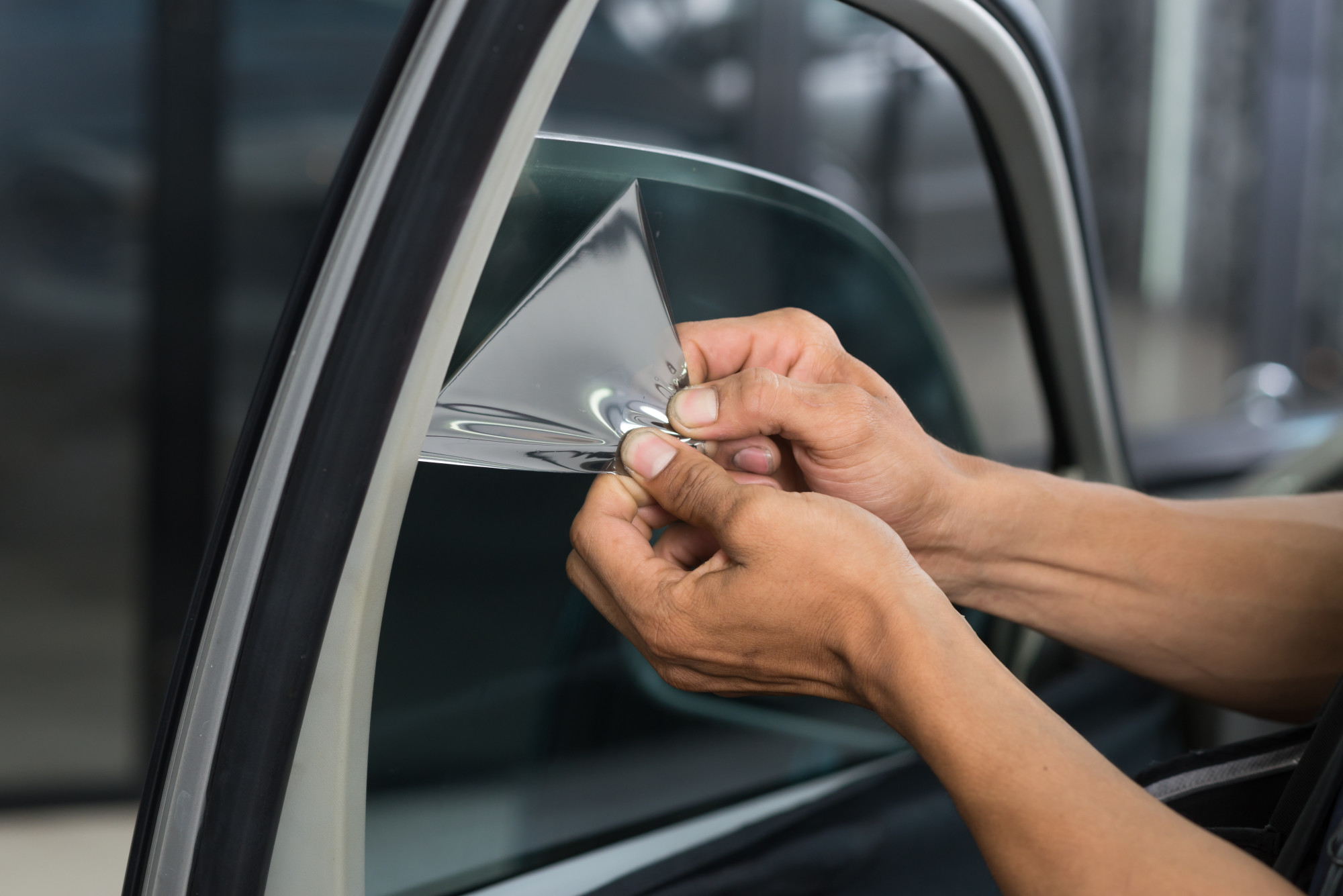Stay cool, but don’t keep it too cool with too much tint. For those with blacked-out windows, the traffic citation can cost you upwards of $200. That’s not all; if it’s your second violation, officers can cite it as a misdemeanor.
Even though your ride is looking fly, it might cost you more than a ticket. A misdemeanor-clad record will dissuade employers and other opportunities that may arise.
So, what tint is legal in your area? Cruise on to the article to avoid pesky police pull-overs.
What Tint Is Legal Where I Live?
The acceptable limits of tinting for car windows vary by state. There is no federal ruling of what is too dark or what is too reflective.
The value that police officers measure is Visible Light Transmission – or VLT. It is the quantification of light which can pass through the tint. Lower percentages allow for less light, making the tint darker.
Officers can monitor VLT from a distance, and 10-20% cops are armed with the tool to check. Some states even incorporate road-side tools to check cars passing by.
Most states are lenient, with a ubiquitous level of tinting at 35% VLT. That’s a pretty dark window.
However, there are a few outliers. Some states allow for darker windows; some ban even slight tint.
States that allow for darker tints:
- Arkansas (25%)
- Michigan (any VLT)
- Montana (24%)
- New Mexico (20%)
- Oklahoma (25%)
- Texas (25%)
- Washington (24%)
States that are more stringent with VLT:
- Alaska (70%)
- California (70%)
- Delaware (70%)
- Iowa (70%)
- Minnesota (50%)
- New Hampshire (No tint allowed)
- New Jersey (No tint allowed)
- New York (70%)
- North Dakota (50%)
- Pennsylvania (70%)
- Rhode Island (70%)
- Washington D.C. (70%)
Most states that have gloomy winters have a lower tolerance. So, a general rule of thumb is if you’re in a state with gray skies, you won’t need as much tint. The exception being California, but that’s likely a result of the smoggy atmosphere.
These values apply to the passenger’s and driver’s front windows. The back windows typically can be darker by 15-20%.
What Do I Do If My Tint Is Too Dark?
First, don’t fret. A lot of people don’t adhere perfectly to the rules. The likelihood of being pulled over for a tint violation isn’t astronomical.
Also, tint installers typically apply legal tint to cars. Or at least tint within an acceptable variance range of the VLT for your state.
An acceptable range of variance isn’t permissible in court. It depends on the leniency of the police officer.
But those with limo-level tint should reevaluate the risk of having it. Some officers also stop cars with excessive tint as a means to investigate the vehicle further under probable cause.
If you’re the cautious type, research how to remove tint or at least lessen it.
Stay Bright, Don’t Tint Too Dark
As cool as tint is, a misdemeanor and fine are not.
The permitted Visible Light Transmission (VLT) of your windows varies by state. It’s typically around 35%, which is more than enough tint. But there are slight variations – gloomier states allow for less tint.
If you’re asking yourself what tint is legal, yours is likely not. Perhaps have it lessened or removed to avoid penalties.
When you’re not too busy frantically looking up tint-removal shops, check out our other car related articles!

